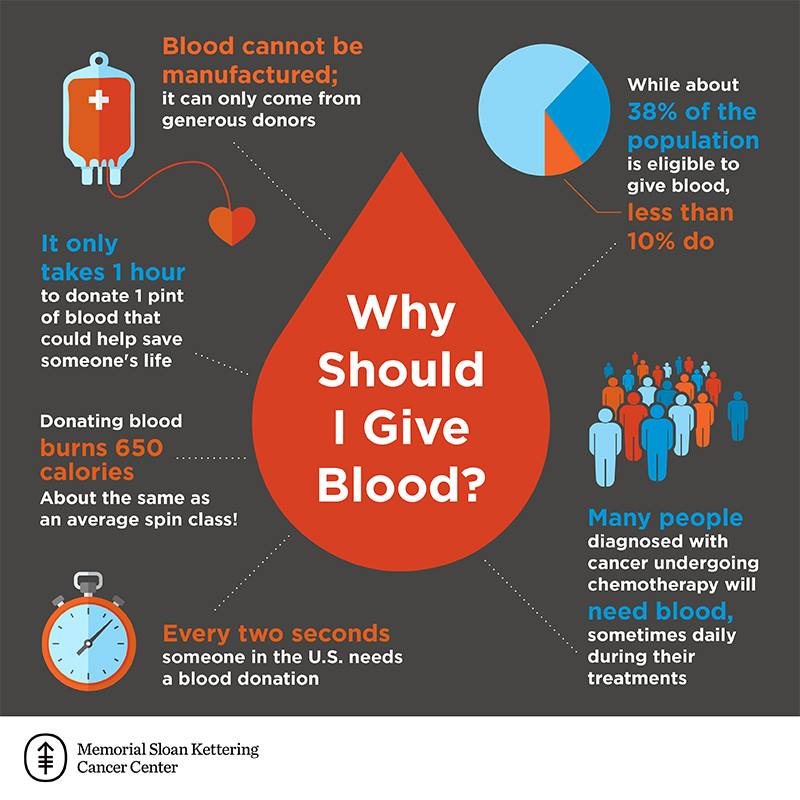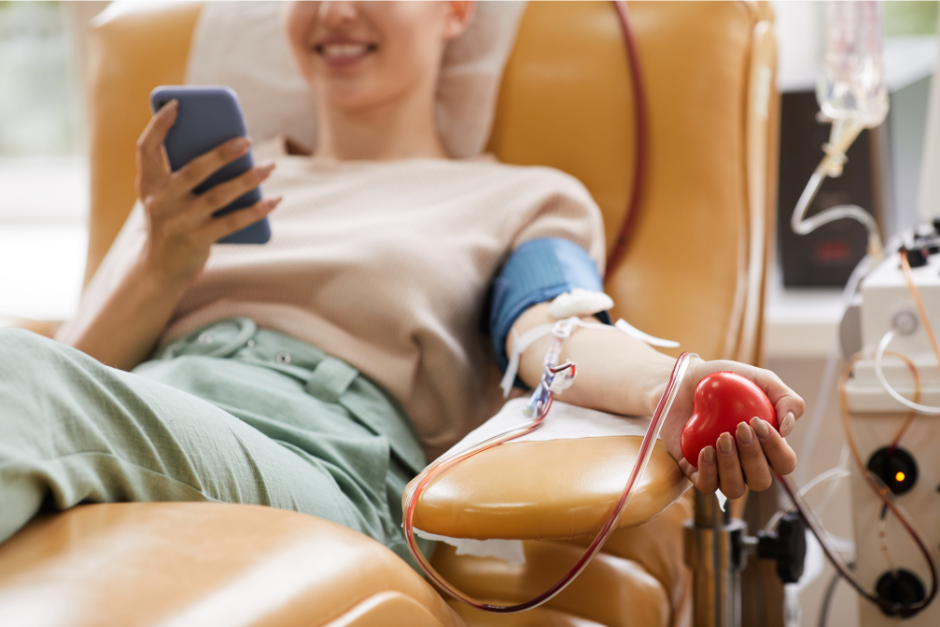Every two seconds someone in the U.S. needs blood for surgeries, cancer treatment, chronic illnesses or traumatic injuries. But traditionally, winter is a time when blood donations are down, both because inclement weather cancels blood drives and potential donors get sick.
In January 2022, normal winter lows combined with COVID-related complications resulted in severe shortages in the blood supply causing the Red Cross to announce its first-ever national blood crisis and putting lives at risk.
While conditions have improved, many parts of the country are still experiencing shortages. So, during National Blood Donor Month, the Red Cross and other organizations are actively campaigning for donors to role-up their sleeves so another crisis can be averted.
About 6.8 million people donate blood every year. That’s less than 6% of the eligible population, meaning that supply can’t always meet demand. Blood can only come from volunteer blood donors and must be constantly replenished due to its short shelf life. With one in seven patients entering the hospital requiring a blood transfusion, blood banks must collect approximately 12,500 donations every day to meet patient needs, according to the Red Cross.
To underline the need, this month some organizations are offering special incentives to donate such as the opportunity to win free gas for a year, a slushy per donation or the chance to win a trip for two to Super Bowl LVII in Arizona (the Red Cross).
But beyond giving, there are many other ways you can get involved in the effort to increase America’s blood supply and potentially save lives:
How to get involved
- Help host a blood drive – Partnering with an organization like the Red Cross, a host provides a location, publicizes the blood drive, recruits donors and volunteers and schedules appointments for donors.
- Volunteer at a blood drive – Volunteers are needed to make appointments and to support both the blood donors and staff and blood drives.
- Make a Financial Donation – To provide support for collection supplies and services.
- Blood Transportation Specialist – Licensed drivers are needed to transport blood donations between blood drives and labs or local hospitals.
Why?
- Approximately 29,000 units of red blood cells are needed every day in the U. S.
- One singular donation can help at least two people in need because the blood can be split into separate blood products.
- The average red blood cell transfusion is approximately 3 units.
- A single-car accident victim can require as many as 100 units of blood.
- Blood and platelets cannot be manufactured; they can only come from volunteer donors.
- According to the American Cancer Society, more than 1.8 million people are expected to be diagnosed with cancer in 2020. Many of them will need blood, sometimes daily, during their chemotherapy treatment.
- Sickle cell disease affects 90,000 to 100,000 people in the U.S. About 1,000 babies are born with the disease each year. Sickle cell patients can require blood transfusions throughout their lives.
Contact a local community blood center or the Red Cross to find out more about volunteering and supporting National Blood Donor Month.


